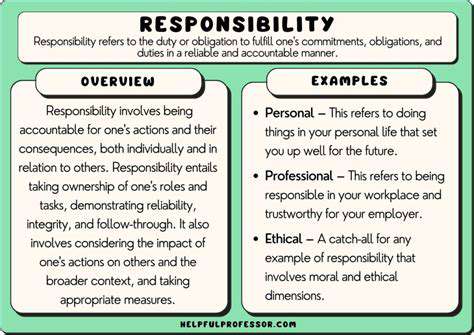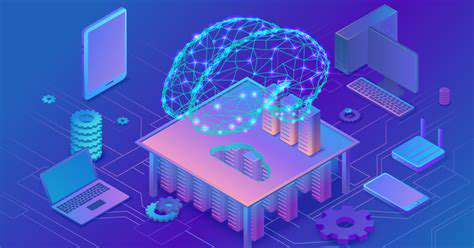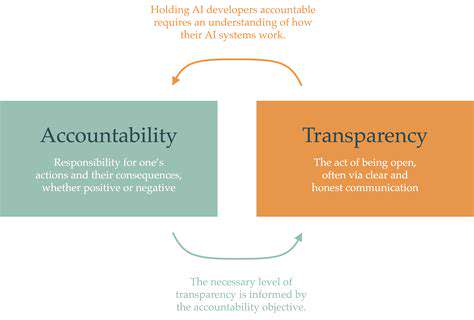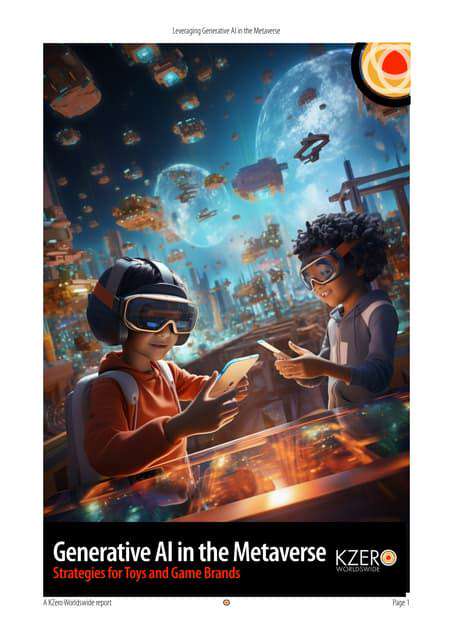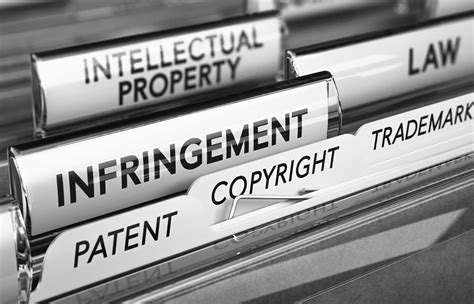Metaverse Intellectual Property: Protecting Digital Assets
Navigating the Legal Landscape of Metaverse Intellectual Property Rights
Understanding the Blurred Lines of Ownership
The metaverse, with its immersive virtual worlds and digital assets, presents a unique challenge to traditional intellectual property (IP) frameworks. defining ownership in a digital space where avatars, virtual land, and digital art can be replicated and shared without physical limitations requires careful consideration. This blurred line between physical and digital ownership necessitates a nuanced approach to copyright, trademarks, and potentially even new forms of IP protection tailored to the virtual environment. Existing laws struggle to adequately address the complexities of digital ownership in the metaverse, highlighting the need for updated legal frameworks and a proactive approach to IP protection strategies.
One critical area of concern is the creation and use of digital art and virtual goods. The ease with which digital assets can be copied and distributed raises questions about copyright infringement and fair use. Existing copyright laws, while generally applicable, may not fully address the unique dynamics of digital reproduction and sharing within metaverse platforms. This lack of clarity creates uncertainty for creators and businesses operating within the metaverse, potentially hindering innovation and investment in this emerging space.
Protecting Digital Assets and Preventing Infringement
Protecting digital assets in the metaverse requires a multifaceted approach. Creators need to understand and utilize various tools to establish ownership and prevent unauthorized use of their creations, such as NFTs (Non-Fungible Tokens) and other digital identifiers. These technologies can help establish provenance and track the ownership of digital assets, offering a level of security beyond traditional methods. Furthermore, robust contracts and licensing agreements within the metaverse, mirroring those used in the physical world, are crucial for regulating the use and distribution of digital assets.
Metaverse platforms also bear responsibility in mitigating IP infringement. Implementing robust systems for identifying and addressing IP violations, including clear guidelines and policies for users, is essential. This includes mechanisms for reporting unauthorized use, tracing the origin of digital assets, and establishing procedures for resolving disputes. A collaborative effort between metaverse platforms, creators, and legal experts is vital to foster a secure and innovative environment for digital creation and trade within the metaverse.
Developing Future-Proof IP Strategies for the Metaverse
The evolving nature of the metaverse necessitates proactive and adaptable IP strategies. Predicting future trends and potential legal challenges is crucial for safeguarding intellectual property rights in this dynamic digital landscape. This includes staying informed about emerging technologies, understanding the evolving legal interpretations of current laws in relation to the metaverse, and proactively developing strategies to adapt to potential regulatory changes. The development of new legal frameworks and standards specific to the metaverse is essential to navigate the complexities of ownership and prevent potential conflicts.
Establishing clear guidelines and best practices for IP protection in the metaverse will encourage innovation and investment. A collaborative approach involving legal professionals, metaverse platform developers, and creators will be key to fostering a sustainable and equitable environment for intellectual property rights in the ever-expanding virtual world. This will require ongoing dialogue and adaptation to ensure that the legal landscape evolves alongside the metaverse itself.
The Role of Decentralized Technologies in IP Protection
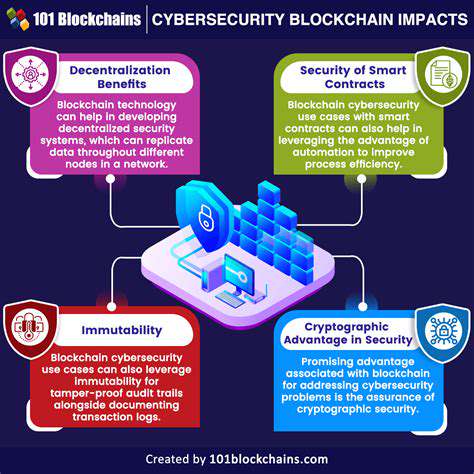
Decentralization: A Shift in Power Dynamics
Decentralized technologies are fundamentally changing the way we interact with systems and applications. Instead of relying on a single, central authority, these technologies distribute control and data across a network of participants. This shift in power dynamics has significant implications for various sectors, from finance to governance. The potential for increased transparency and accountability is substantial, as decisions are made collectively rather than by a single entity.
This distributed approach also fosters resilience and reduces reliance on single points of failure. If one node in the network goes down, the system as a whole is less likely to be disrupted. This robustness is a crucial advantage in today's interconnected world, where disruptions can have cascading effects.
Blockchain Technology: A Foundation for Decentralization
Blockchain technology serves as a foundational element of many decentralized systems. Its secure and transparent ledger system allows for verifiable and immutable records of transactions. This inherent security feature is crucial for building trust and confidence in applications that operate without a central authority.
Cryptocurrencies, like Bitcoin and Ethereum, are prime examples of how blockchain technology can enable decentralized finance (DeFi). These decentralized financial systems operate outside traditional banking frameworks, offering potential benefits in terms of accessibility and lower transaction costs. However, regulatory hurdles and security concerns remain important considerations.
Beyond Finance: Decentralization in Diverse Sectors
The application of decentralized technologies extends far beyond the realm of finance. From supply chain management to healthcare, the potential for improved efficiency, transparency, and security is significant. Decentralized autonomous organizations (DAOs) offer a new model for governance, empowering communities to make decisions collectively and democratically.
Decentralized social media platforms are emerging, promising greater user control over their data and content. These platforms aim to reduce the influence of centralized entities and empower users to curate their own online experiences. This shift towards decentralization has the potential to reshape the very fabric of how we interact and share information online.
Challenges and Considerations
While decentralized technologies offer promising opportunities, significant challenges remain. Scalability issues, interoperability problems between different platforms, and the need for robust security measures continue to be areas of development. The lack of widespread adoption and understanding of these technologies also poses a challenge to broader implementation.
Furthermore, regulatory frameworks are still evolving to adapt to the unique characteristics of decentralized systems. Addressing these issues is crucial for realizing the full potential of these technologies and ensuring their responsible application.
Read more about Metaverse Intellectual Property: Protecting Digital Assets
Hot Recommendations
- Immersive Culinary Arts: Exploring Digital Flavors
- The Business of Fan Funded Projects in Entertainment
- Real Time AI Powered Dialogue Generation in Games
- Legal Challenges in User Generated Content Disclaimers
- Fan Fiction to Screenplays: User Driven Adaptation
- The Evolution of User Driven Media into Global Entertainment
- The Ethics of AI in Copyright Protection
- Building Immersive Narratives for Corporate Training
- The Impact of AI on Music Discovery Platforms
- AI for Audience Analytics and Personalized Content

